If you’ve been looking for a fava recipe that actually tastes like the one served in Greece, then you have to try this authentic Greek fava recipe! This is my delicious traditional Fava (yellow split peas puree) dish straight from the island of Santorini! Creamy and super tasty, it is the perfect starter for any day of the year.
You can serve it as a delicious appetizer or dip with a drizzle of extra virgin olive oil and of course some delicious pita breads on the side!
What is Authentic Greek Fava?
One of the funny things about Fava is that it isn’t made with fava beans (broad beans) but is actually made from yellow split peas. But you can also make them with Santorini Fava beans which are that little bit more special!
Santorini Fava is what’s known as a ‘Protected Designation of Origin’ or PDO. That’s because the particular beans grown on the island in the rich volcanic soil and have been grown there exclusively for 3,500 years! And they must come from the island to be known as Santorini Fava because of the designation. Taste wise, they are known for having a velvety texture and being sweeter than other Fava beans.
Are fava beans the same as chickpeas?
Chickpeas and fava beans are two different legumes with fava beans having a more distinctive taste than chickpeas. Both of these are also different compared to the yellow split peas that are often used to make Fava dip, just to be confusing!
What is the difference between fava and hummus?
All this talk of beans also leads to the other main question that I get about this recipe: what’s the difference between Greek Fava dip and Hummus? The answer is in the beans! Hummus is made with chickpeas while Fava is made with either Santorini Fava or yellow split peas. There are other small differences and hummus often has other ingredients added to the basic recipe. But the beans are the core thing that separates these two delicious Greek dips.
What you’ll need to make Greek Fava the traditional way
You can use any yellow split peas to make a Fava dip but if you want it to be the authentic Greek Fava, try to grab some of the PDO Santorini Fava beans. They definitely have the best taste and the texture to them that makes for a super smooth dip.
But if you can only find yellow split peas in the store, they work perfectly and we used them to make this recipe. And of course don’t forget to grab some extra virgin olive oil to finish the dip, as this helps to enhance its overall flavor!
Key Preparation Tips
Making this Fava beans dip is a simple process but you do want to take a little notice of how to get those beans cooked just right. Once you have the caramelized onions, garlic and thyme sauteed in the pan, you want to add the beans with warm water and olive oil. After this, season with salt and pepper and turn the heat down the medium.
You’ll want to simmer the beans for 40-50 minutes until they have a thick and mushy consistency. Don’t worry if there’s some white foam on the surface, just grab a slotted spoon and gently scoop this off.
Making your fava beans dip ahead of time and storing
You can store the fava beans dip in an airtight container for up to a week in the refrigerator, so it is ideal for storing leftovers or to make it ahead of when you need it. You can also freeze it in small portions for up to 3 months. Just make sure it is thoroughly defrosted before you serve it!
Serving suggestions
This yellow split pea puree is commonly served as part of a meze platter together with some tzatziki, vegan tzatziki sauce, hummus, taramasalata, Skordalia, melitzanosalata (aubergine dip), tirokafteri (spicy feta cheese dip) and some delicious beef meatballs and lamb meatballs. Of course also by itself, with warm crusted bread or pita bread.
Enjoy!
Print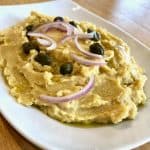
Authentic Greek Fava recipe (Yellow Split Peas Puree)
- Prep Time: 5 min
- Cook Time: 50 min
- Total Time: 55 minutes
- Yield: 10 portions 1x
- Category: Dips
- Method: Boiled
- Cuisine: Greek
Description
Creamy and super tasty! If you’ ve been looking for a fava recipe that actually tastes like the one served in Greece, then you have to try this authentic Greek fava recipe.
Ingredients
- 500g yellow split peas (18 ounces)
- 3 red onions, roughly chopped
- 2 cloves of garlic, chopped
- 1 lt warm water (3 and 1/3 cups)
- juice of 2 lemons
- 1/3 of a cup olive oil
- thyme
- salt and freshly pepper
Instructions
- Rinse the split peas with plenty of water.
- Heat a large pot over medium-high heat; add 2-3 tbsps olive oil, the chopped onions, garlic and some fresh thyme and sauté.
- As soon as the onions start to caramelise add the peas and blend. Pour in the warm water and the olive oil, turn the heat down to medium and season well with salt and pepper. Simmer with the lid on for about 40-50 minutes, until the split peas are thick and mushy. While the split peas boil, some white foam will probably surface on the water. Remove the foam with a slotted spoon.
- When done, pour in the lemon juice and transfer the mixture in food processor. Mix, until the peas become smooth and creamy, like a puree.
- Serve the fava with a drizzle of olive oil, a tablespoon of diced onion and some capper or chopped parsley. Enjoy!
Nutrition
- Serving Size: 1 portion
- Calories: 248kcal
- Sugar: 5.6g
- Sodium: 241.6mg
- Fat: 7.2g
- Saturated Fat: 1g
- Unsaturated Fat: 5.8g
- Trans Fat: 0g
- Carbohydrates: 35.8g
- Fiber: 13.4g
- Protein: 12.3g
- Cholesterol: 0mg

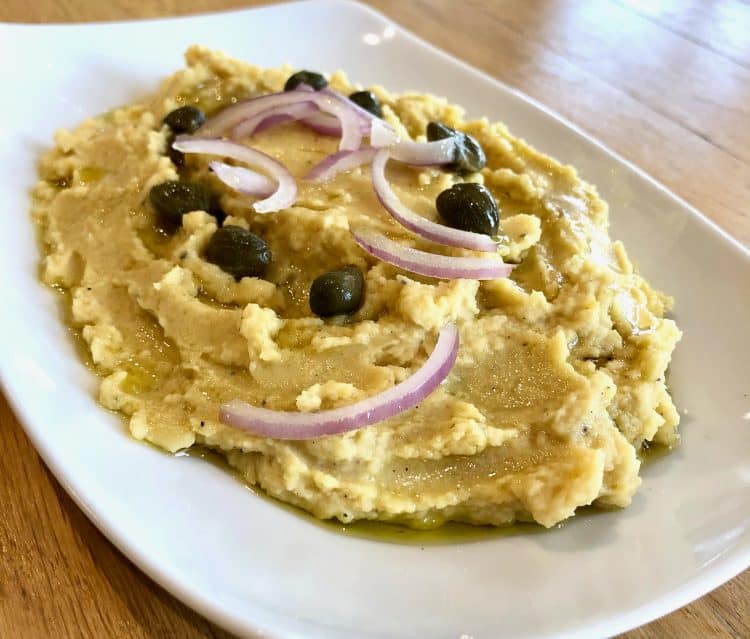
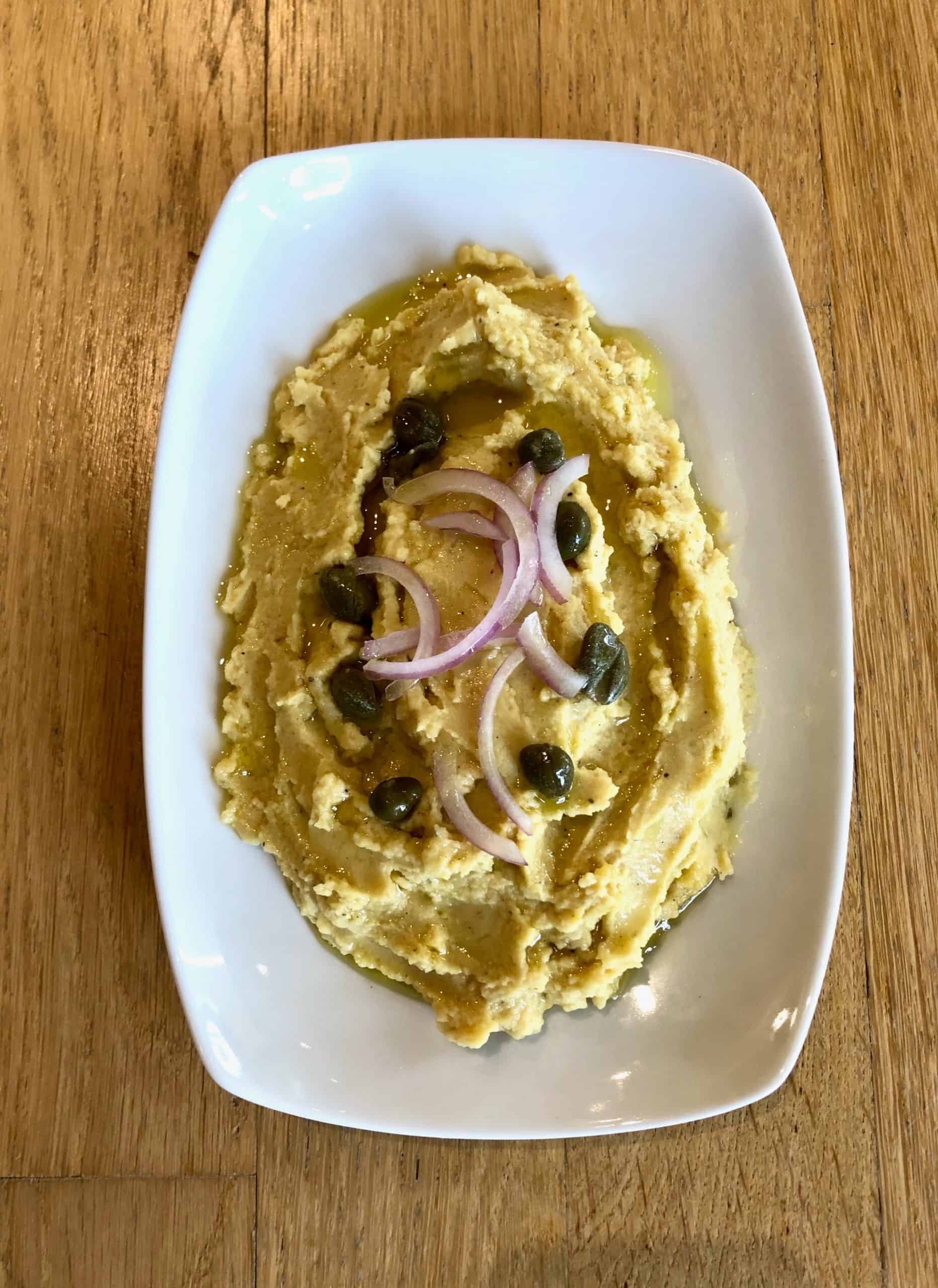
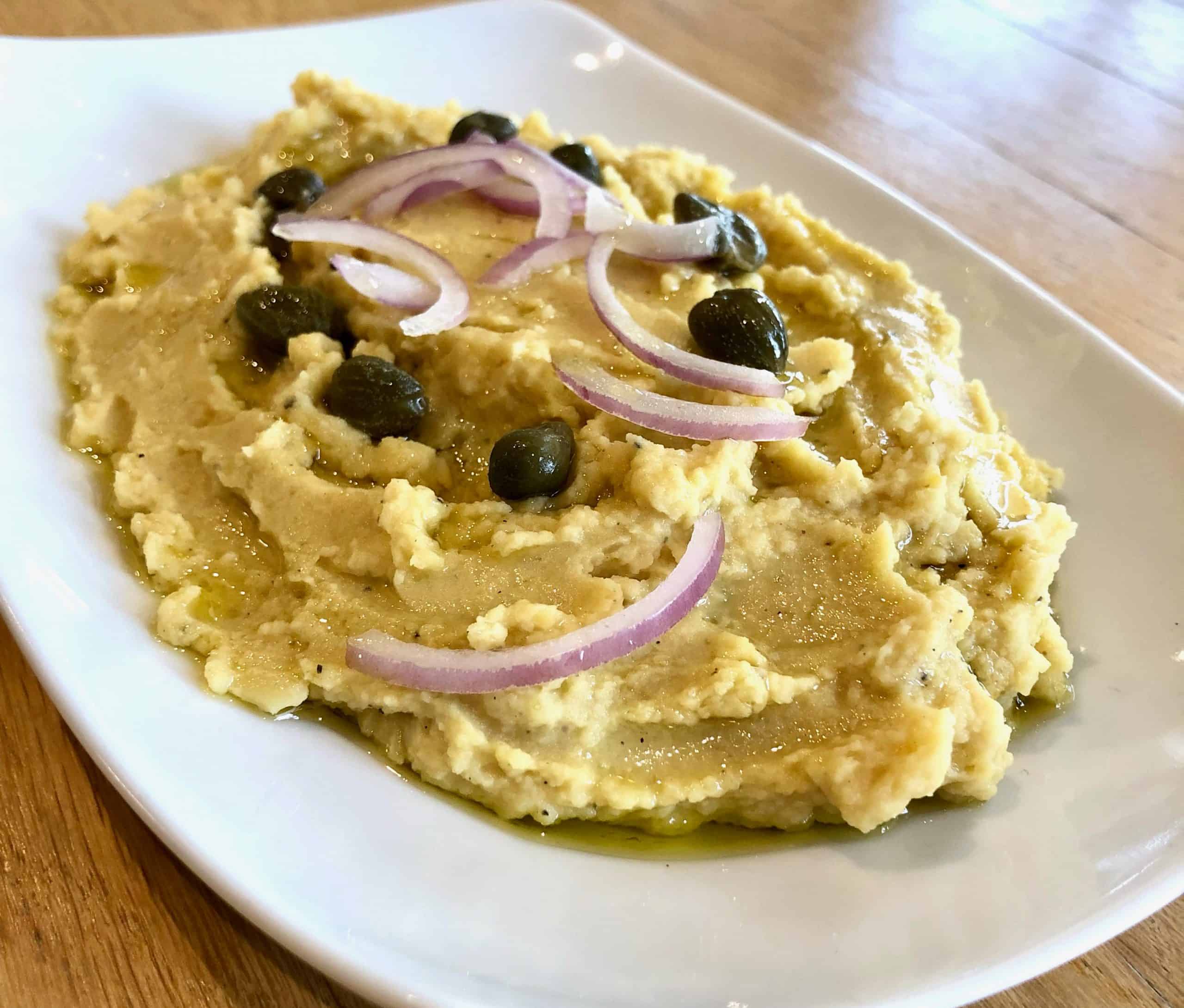
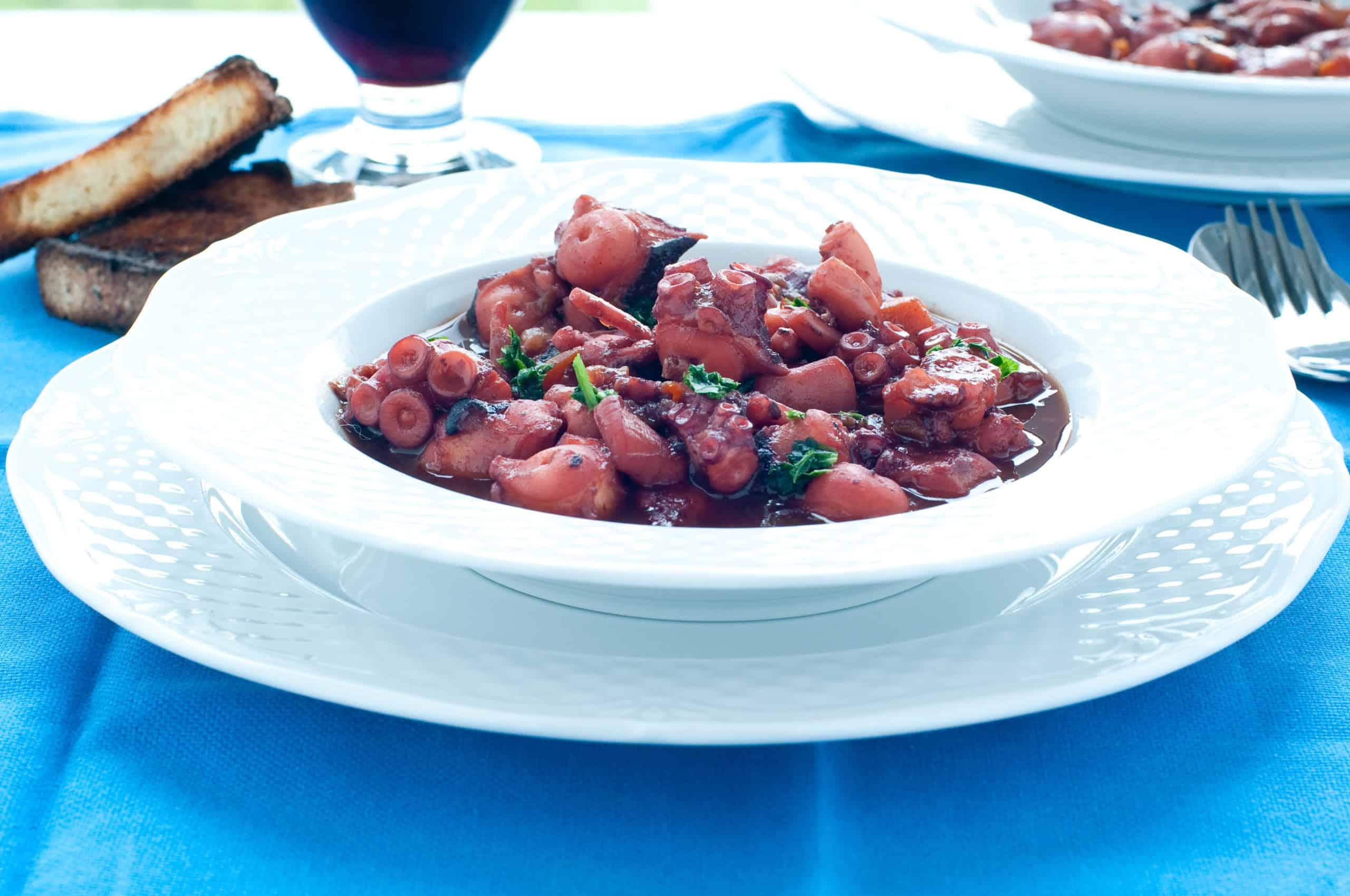
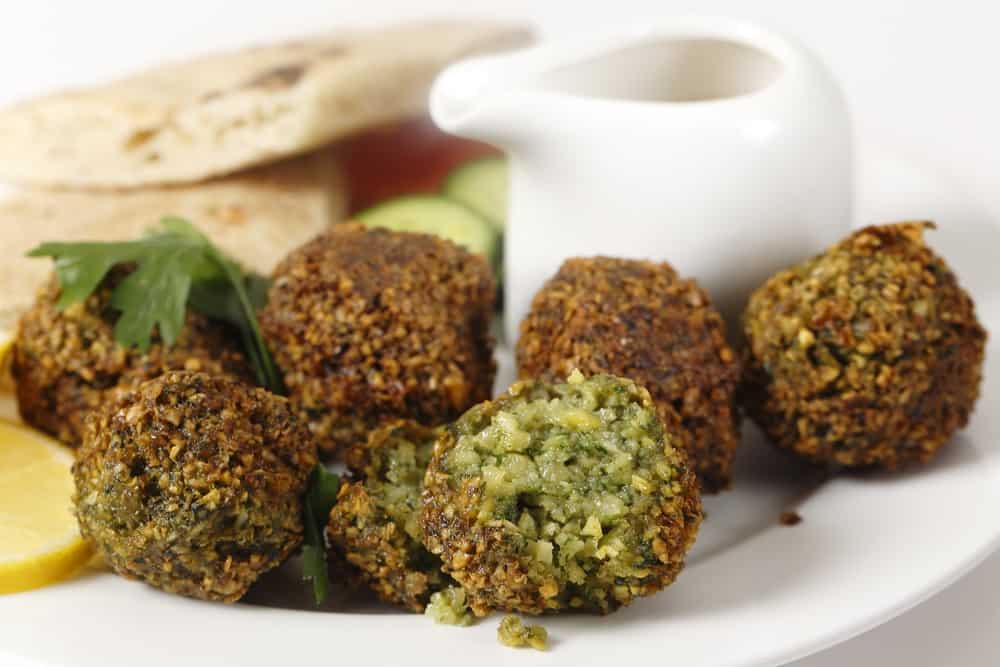
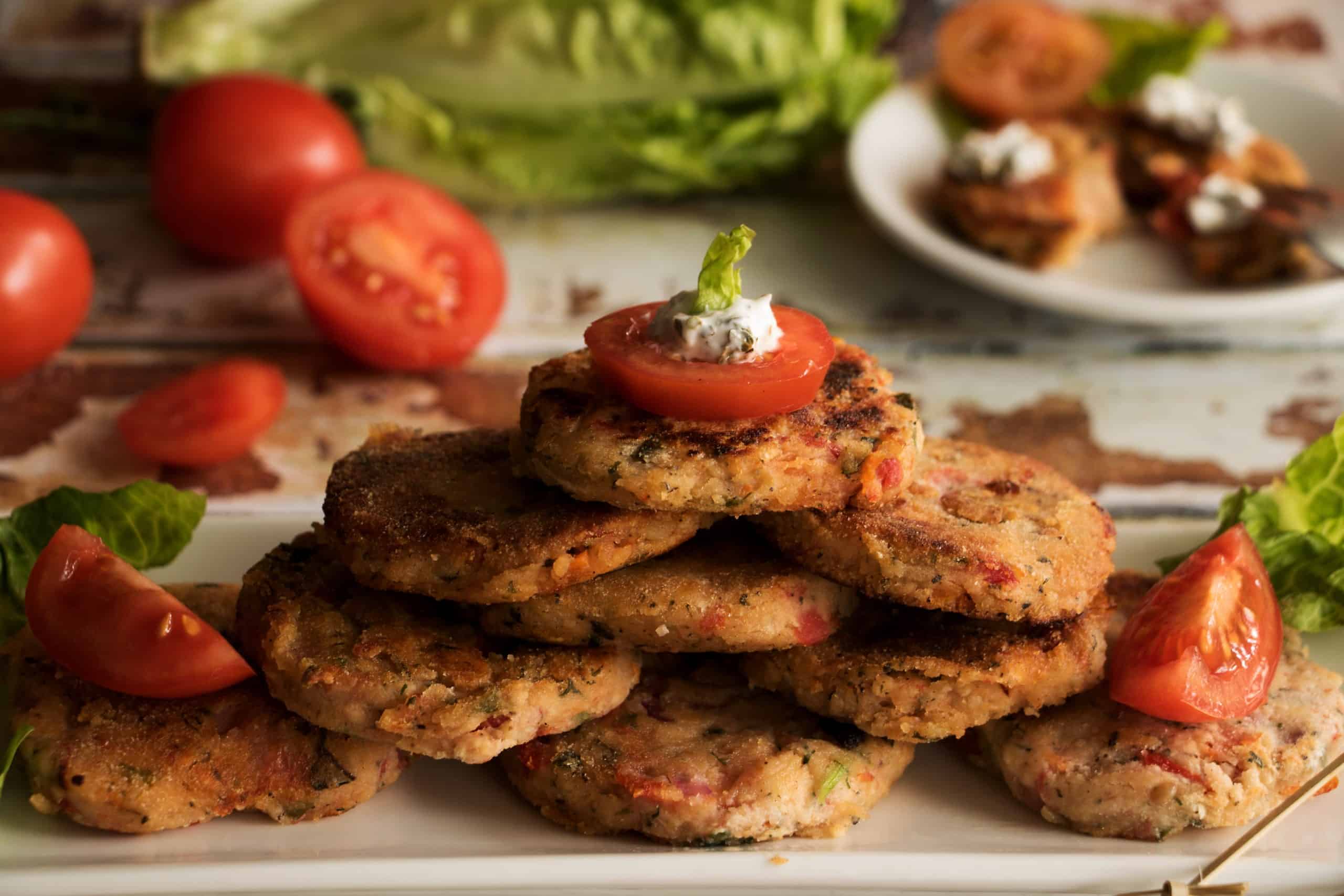
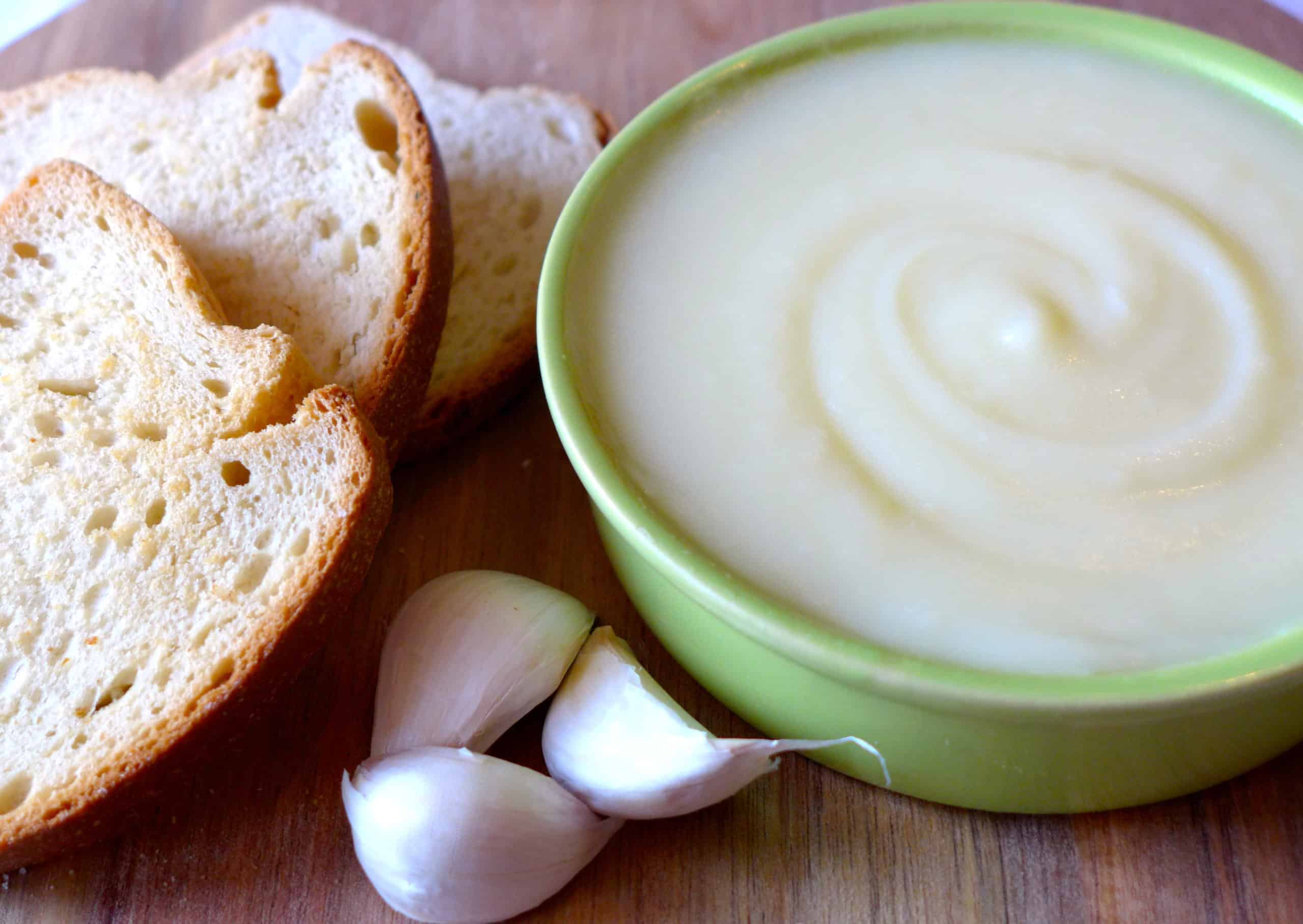

I enjoy watching your menu and recipes. Congratulations. Thank you.
I love Fava when I am in Greece, but this recipe is jus terrible. Two lemons’ juice, you gotta be kidding.
Have you bothered to even try it or just commenting based on seeing 2 lemons juice? For 1/2 kilo of beans 2 Lemons juice is required! Or perhaps you have your own greek food blog & trying to just leave a negative comment?
I’ve made this twice since coming back from Greece recently. Worked perfectly. Topped up liquids as needed to keep consistency. Everyone who’ve tried loved it.
I think there needs to be twice the amount of water for the recipe (2 liters instead of 1). I’ve seen other recipes that use 1 liter per 250 grams of peas.
I lost my nerve with the liquid and added more the first time I made it, but it came out watery compared with the fava I’m used to (we live in Crete). I held my nerve today and simmered very low, and the texture is much better. As always, these recipes in English are an invaluable resource for me, thank you for sharing them!
This works perfectly for me. Thank you so much. I found that I had to top up the water a little, but it’s all down to personal preference, Great flavour combinations.
Why you use split peas for a Fava recipe?
Because Greek fava is made using split peas.
This is a really nice recipe. I ne last year I had one in Sparti exactly the same. On this trip I learnt the diff between home made and not home made in restaurants. No comparison
I am writing from Greece and your explanations are detailed, elaborate and precise. Two lemons are exactly what I recommend as well. Split yellow peas (https://en.wikipedia.org/wiki/Lathyrus_sativus) is what we find in big greek supermarkets as “fava”. NO tolerance for verbal attacks and abuse in the comments, you did a great job describing the recipe to the broader public.
Warm regards,
Dimitra
I had to add extra water —almost twice as much but I went a little overboard so cooked it without a lid for the last 10 minutes. Such simple ingredients but what an amazing taste!
Sorry but this recipe is not good.
Far too much oil!! Next time I will leave it out, apart from that used to sauté the onions
Loved it, I’ve made Greek lava in the past and of course loved it! This time I finished it in a food processor, another level of delish. Thanks
why would you ruin this delicious dish by using split peas
(I love split peas but NOT in this type of dish)
Years ago when I was with the Peace Corps in Turkey,
I traveled extensively in Greece, and throughout the Middle East, and
during that travel
ate Fava beans and nowhere were they traded for split peas
I followed the recipe to the T and it turned out PERFECT❣️it is soooo delicious. Santorini, I’ll be back❤️
Thank you kindly
Just like I remember, maybe even better. Ephristo
Thanks for posting this. It is so much like the fava we have when visiting my good friend in Salonika. we had it with olive oil, sardines, anchovies, capers, onions and parsley last night
Wow, I followed your recipe but added a little more water. This was absolutely incredible. The flavor and texture are so good. I hope I have enough to make it to the weekend. Yummy!
Fantastic recipe! Initially I thought two lemons would be too much, but it came out just perfect! My wife and daughter adore it!
Thank you for this recipe – that’s the one I was looking for almost for too long.
Reminds me back to the good times at Santorini.
Thank you! My husband said it was better than the ones we had in Athens. I served it with caramelized onions and chestnuts.
Thank you! My husband said it was better than the ones we had in Athens. I served it with caramelized onions and chestnuts.
I was intrigued by the controversy so I did a little digging. To a Greek, the word “φάβα” means split pea. To an Italian, the word “fava” means a broad bean – this comes from from the Latin “faba”, and “faba” is also the transliteration of “φάβα” into the Latin alphabet.
Both the broad bean (fava bean in US) and the split pea come from plants in the Fabaceae family (otherwise known as legumes). So I guess that original meaning of the sound “faba” may have been more generic, but the colloquial meaning gradually narrowed to more specific varieties based on local usage. Broad beans in Italy, and split peas in Greece.
I have not tried this recipe yet, but would like to know how you work out the Nutrition figures?
Sugar: 5.6g/Sodium: 241.6mg
I tried this recipe and it was SUPER EASY! It turned out great. I started with 1 liter of water and added a bit more gradually (about 1⅓ cups extra).